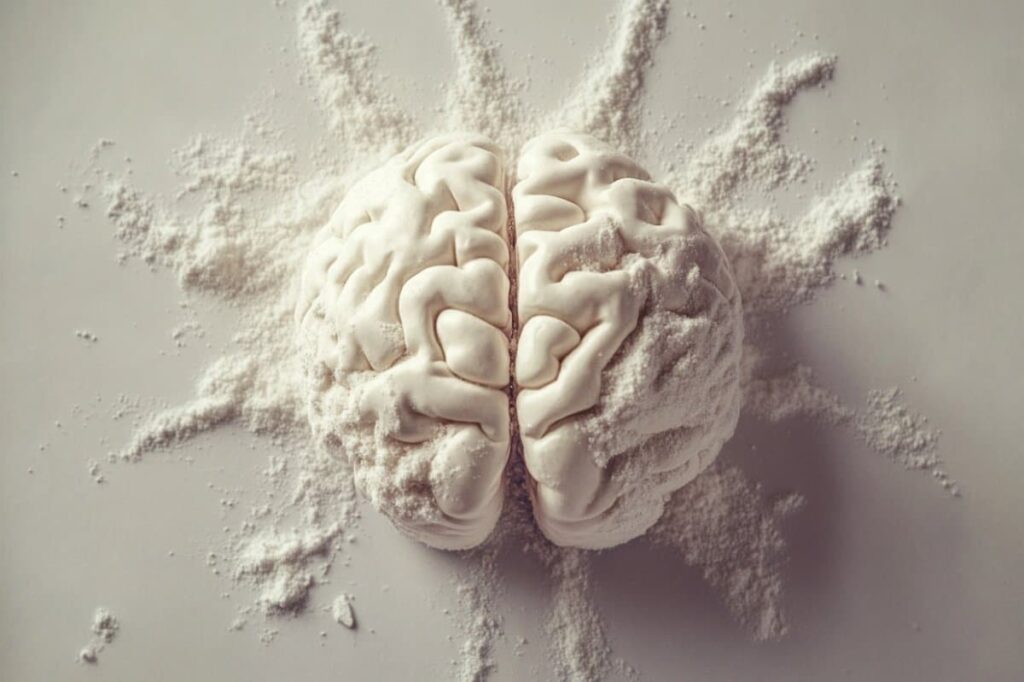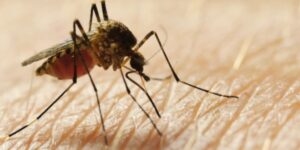
In a groundbreaking study, researchers at the University of Utah have successfully engineered fruit flies that voluntarily consume cocaine, creating the first fly model for cocaine addiction. This development marks a significant step forward in understanding the genetic and neurological mechanisms behind cocaine use disorder, a condition affecting approximately 1.5 million people in the United States.
The study, published in the Journal of Neuroscience, reveals that by disabling the bitter-sensing receptors of fruit flies, scientists were able to encourage addictive behavior within just 16 hours of exposure. This innovative model allows for rapid testing of addiction-related genes, potentially accelerating the discovery of effective treatments for cocaine addiction.
Understanding the Fly Addiction Model
Traditionally, fruit flies avoid cocaine due to its bitter taste. However, by genetically altering these flies to block their bitter taste receptors, researchers observed that the flies began to prefer cocaine-laced sugar water over plain sugar water. This preference developed rapidly, showcasing the potential of this model to mimic addictive behavior.
Adrian Rothenfluh, PhD, associate professor of psychiatry at the University of Utah and senior author of the study, notes the similarities between flies and humans in their reactions to cocaine. “At low doses, they start running around, just like people,” Rothenfluh explains. “At very high doses, they get incapacitated, which is also true in people.”
The Bitter Truth Behind Cocaine Avoidance
Travis Philyaw, PhD, first author of the paper, identified the flies’ sense of taste as a critical factor in their cocaine avoidance. “Insects are evolutionarily primed to avoid plant toxins, and cocaine is a plant toxin,” says Philyaw. The researchers discovered that cocaine strongly activates the bitter-sensing taste receptors in the flies’ tarsal segments.
By muting the activity of these bitter-sensing nerves, the flies began to develop a preference for cocaine-laced sugar water. This discovery opens new avenues for understanding how addiction works at a biological level.
Implications for Human Addiction Research
The implications of this research are profound. By using fruit flies as a model, scientists can quickly study hundreds of potentially relevant genes, significantly speeding up the research process. “We can scale research so quickly in flies,” Philyaw points out. This efficiency allows researchers to identify risk genes that might be challenging to uncover in more complex organisms.
Rothenfluh emphasizes the potential impact of these findings on human therapeutics. “We can really start to understand the mechanisms of cocaine choice, and the more you understand about the mechanism, the more you have a chance to find a therapeutic that might act on that mechanism,” he explains.
From Basic Science to Therapeutics
While the study focuses on cocaine addiction, the broader implications of this research extend to other areas of addiction and neurological disorders. Basic research into the mechanisms of how the human mind—and the fruit fly mind—works can have unexpected impacts.
“Just trying to understand the simple little fly brain can give us insights that you cannot anticipate,” Rothenfluh emphasizes. “Basic science is important, and you never know what exciting things you might find that turn out to be impactful for understanding the human condition.”
This research was funded by the Huntsman Mental Health Institute, the University of Utah Molecular Medicine Program, and the National Institutes of Health. The study, titled “Bitter sensing protects Drosophila from developing experience-dependent cocaine consumption preference,” is a testament to the potential of using model organisms to unravel the complexities of addiction.







